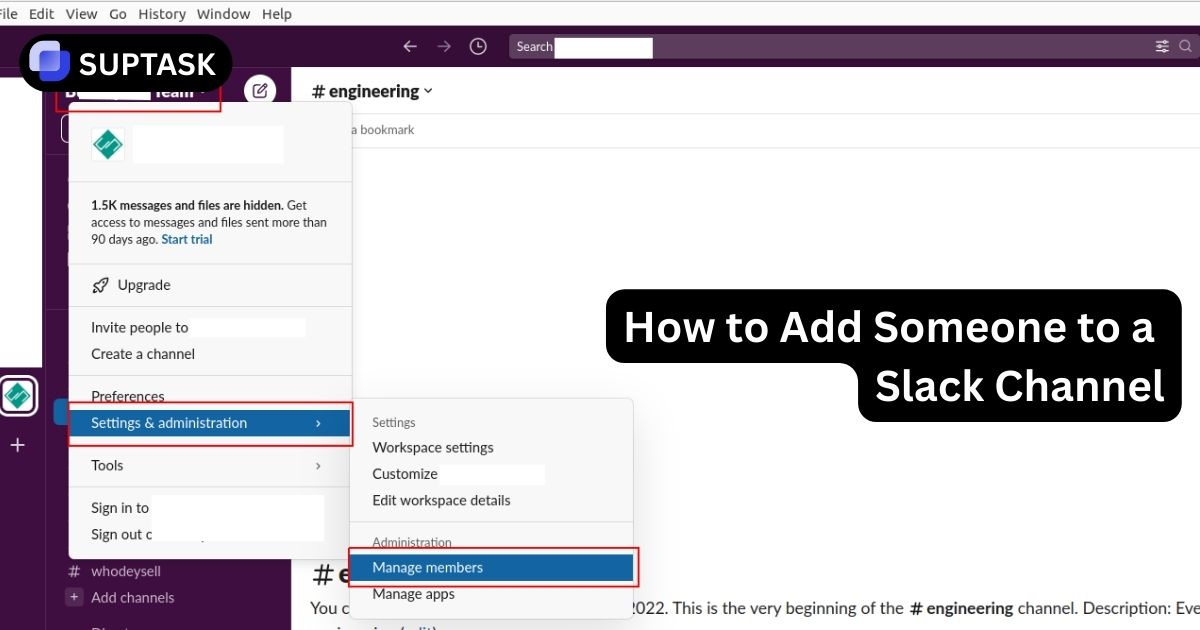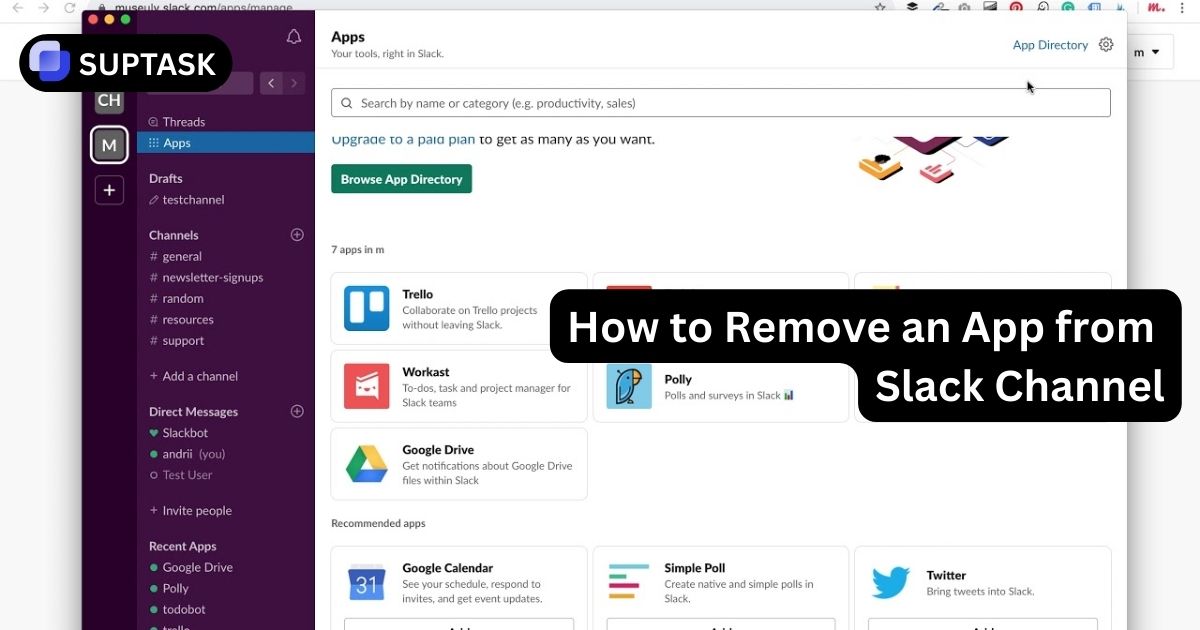The RACI matrix is a strategic tool for clarifying roles and tasks within your team, delineating who is Responsible, Accountable, Consulted, and Informed for each project action.
This article unpacks how to skillfully apply the RACI matrix in project management to promote transparency and drive efficiency. Dive in to transform your team’s dynamics and project success.
Key Takeaways
- RACI Matrix Overview: The RACI matrix clarifies roles and responsibilities in projects by defining who is Responsible, Accountable, Consulted, and Informed.
- Improves Team Communication: Implementing a RACI matrix enhances communication and collaboration among team members, reducing confusion and increasing accountability.
- Step-by-Step Implementation: To effectively use the RACI matrix, identify tasks and stakeholders, assign RACI roles, and visualize the matrix using tools like Excel or Google Sheets.
Demystifying the RACI Matrix: What It Is and Why You Need It
.webp)
In the business environment, it’s not uncommon to encounter individuals afflicted by ‘multi-hat syndrome,’ a condition where they take on various roles, leading to disarray and decreased productivity.
To remedy this problem, the RACI matrix definition serves as an effective responsibility tool that delineates tasks assigned to different roles in any given project.
This framework counteracts the chaos brought about by ‘multi-hat syndrome’ by facilitating streamlined operations within enterprises, thereby enhancing overall efficiency.
Understanding the RACI Acronym
A RACI matrix is essential in project management. It delineates clear roles among those involved. “RACI” is a mnemonic for four key participant roles within any task or project:
- Responsible: Those who perform the task.
- Accountable: The person with final ownership and ultimate responsibility.
- Consulted: Individuals whose opinions are sought to provide expert advice.
- Informed: People who need updates on progress.
By assigning these distinct categories, everyone engaged in tasks understands their specific duties, where to seek authority and expertise, and ensures that communication flows efficiently.
The Purpose of the RACI Matrix
This matrix excels in defining roles and enhances communication and collaboration by clarifying who needs to be involved at each stage, thereby facilitating seamless project management. To streamline task management and improve team communication, consider an internal ticketing system like Suptask.
Adopting the RACI framework can help combat issues related to insufficient accountability that plague many organizations, potentially resulting in financial losses estimated between $450 and $550 billion every year.
Implementing the RACI Matrix: A Step-by-Step Guide
.webp)
Implementing a RACI matrix can initially appear challenging, yet following a structured approach simplifies the process considerably.
Progress by mapping out each task to corresponding RACI values. This action is pivotal in guaranteeing that responsibilities are distinctly assigned to team members or specific roles involved in the project. For teams working on a budget or just starting out, exploring a free ticketing system can provide the necessary tools to manage tasks and roles efficiently, without additional overhead costs.
These systems are perfect for smaller projects that need clear responsibility tracking.
Step 1: Identify Tasks and Stakeholders
This process can be made more efficient with the use of an email ticketing system to manage stakeholder communication. These items are commonly arranged in one column within an Excel sheet or similar spreadsheet software.
- After this, the cataloging step is essential to pinpointing every person or entity that might influence or have a stake in the project’s outcome – including team members, managers, and external stakeholders.
- Such identification is vital for clearly establishing responsibilities across those involved, as defined by the RACI framework.
As a result, the RACI matrix evolves into an instrumental platform fostering enhanced collaboration among stakeholders for more effective management and completion of project activities.
Step 2: Assign RACI Roles
The process of designating RACI roles is thorough and demands detailed scrutiny.
For every task listed within the RACI matrix, it’s imperative to assign a minimum of one stakeholder as Responsible and ensure a single Accountable stakeholder, thereby establishing unambiguous ownership and responsibility for the tasks at hand.
- This allocation of responsibilities is streamlined by conducting a stakeholder analysis, which discerns individuals who are impacted or have influence over project-related activities based on their level of involvement.
- Ironing out any conflicts in the RACI matrix takes precedence—specifically when multiple stakeholders claim accountability for the same task—ensuring transparency and precision in making decisions.
Tip: Conduct a stakeholder analysis to discern individuals impacted or influential over project-related activities.
Step 3: Visualize the Matrix
After pinpointing the relevant tasks and stakeholders and designating their respective roles, it becomes essential to map out this structure. This is achieved by constructing a RACI chart, which delineates all activities down the left side while aligning roles along the top.
Following that, you designate specific RACI responsibilities for each task. For ease of creation, one can utilize readily available online resources such as templates or software, such as Microsoft Excel or Google Sheets.
This chart ought to be frequently revised and shared openly with project team members to ensure its relevance throughout the project lifecycle despite evolving scope and team interactions.













